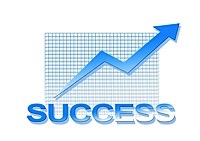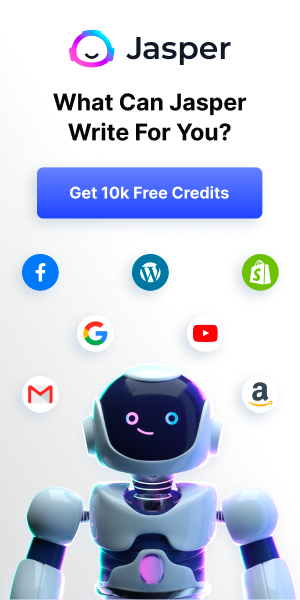
On July 17, 1902 in the midst of a steamy summer, Dr. Willis H. Carrier developed and later patented the first modern system to provide man-made control over temperature, humidity, ventilation and indoor air. From there, his innovation created an industry dedicated to making the world a cooler place to live, work and play. In celebration of this historic anniversary, here a few facts about Willis Carrier, inventor and entrepreneur:
Even though it’s a people-pleaser, Carrier’s original invention was designed for paper — not comfort. A Brooklyn, N.Y. printing plant challenged Carrier to stabilize the temperature and moisture in the air so the dimensions of the paper would remain constant and the different color inks would line up correctly. This innovation gave birth to the air conditioning industry.



















